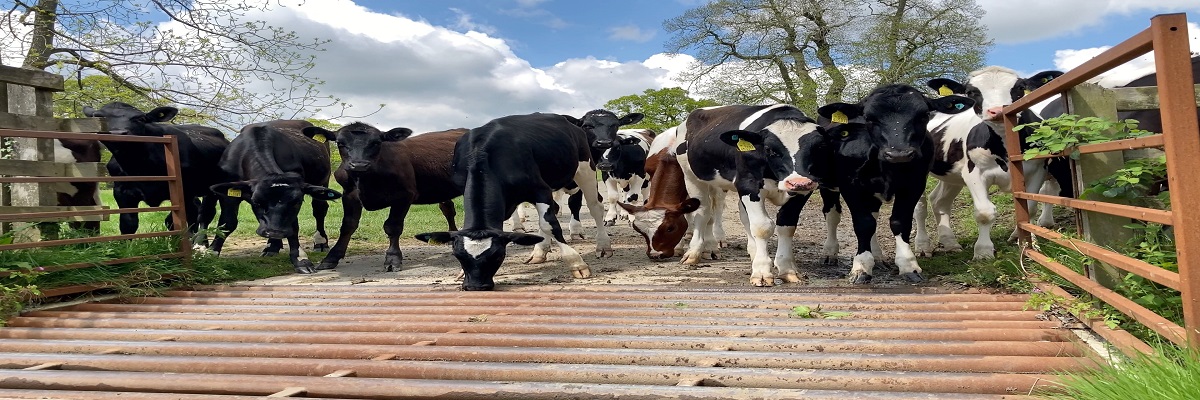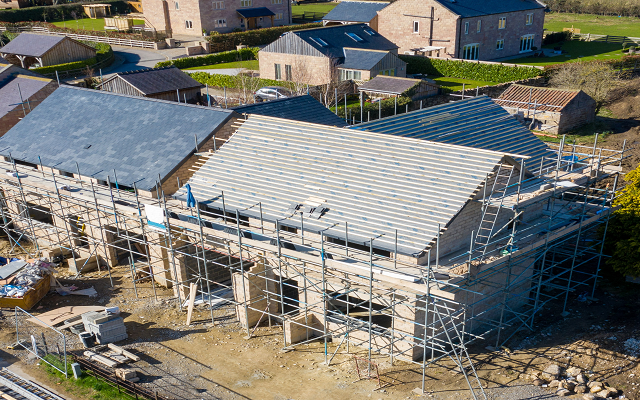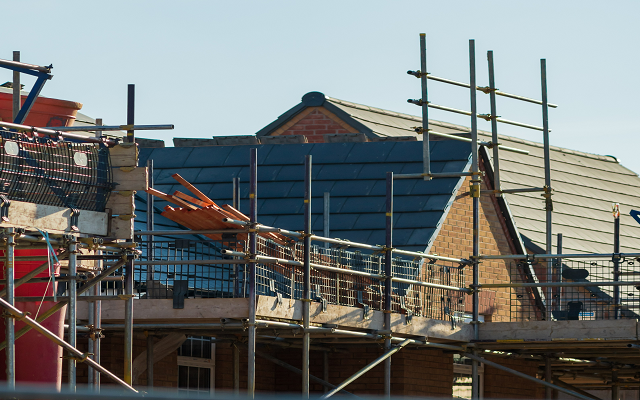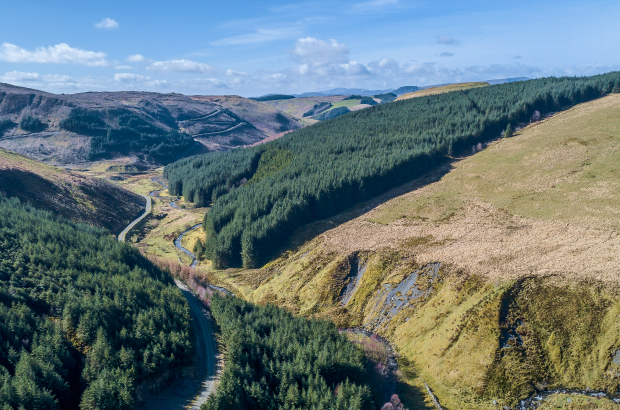Why accurate valuations are central to IHT planning
The planned changes to Inheritance Tax (IHT) put valuations firmly centre stage for farmers and landowners.
What has for many years been covered almost entirely by Agricultural Property Relief (APR) and Business Property Relief (BPR) will soon look very different. With only the first £1m of qualifying property set to attract 100% APR or BPR and a 50% rate of relief applying thereafter (equating to an effective tax rate of 20%), the accuracy of valuations is no longer a technical detail – it is fundamental to estate and succession planning.
In practice, establishing the market value of assets such as machinery, livestock and deadstock has not always been a priority. Traditionally, many farmers have relied on a stocktaking valuation for their livestock – which might be based on a herd or cost of production basis – and is typically lower than market value, however BPR would have been available so precise values were less important, as there was no tax to pay. Under the new rules, the value of such assets will incur IHT if they form part of an estate worth more than the £1 million allowance, and so a market valuation is needed at probate and for tax planning purposes.
Many farmers are currently revisiting their wills because of these reforms and a comprehensive valuation is crucial to inform these conversations. Under the new arrangements, each spouse will have a £1m allowance, but unlike other IHT allowances, this one cannot be transferred. That means if everything passes to the surviving spouse on the first death, the first allowance is lost. To use both allowances fully, assets may need to pass to the next generation on the first death. That is only possible if the value of those assets is known with accuracy. Misjudging what land, property or stock is worth could mean either under-using the allowance or leaving more than intended and triggering an unnecessary tax charge.
What sort of valuation is required?
A full Red Book valuation is the gold standard, which is a formal, evidence-based appraisal carried out by a chartered surveyor who is a Registered Valuer in line with the RICS Valuation – Global Standards. If HMRC challenges a valuation – which it has the powers to do for up to six years after probate is granted – this is the level of documentation it will expect to see.
A Red Book valuation is designed to leave no stone unturned. It is fully evidenced, using comparables or prescribed methodology, and will consider all the factors that might influence value – from planning law and rights of way to contamination issues.
For tax planning purposes, however, an informal valuation may be sufficient, provided it is undertaken by a competent and experienced valuer, using the same methodology and background due diligence as a Red Book valuation, but without producing the full report.
Both approaches do require the farm business to provide full information. Machinery lists, tenancy agreements, stewardship schemes and other relevant details will all need to be disclosed. Missing information risks assets being overlooked and values underreported.
Valuations should also be reviewed regularly. Land and machinery values change, and livestock numbers can fluctuate. A succession plan that made sense when an eight-year-old combine was in the shed may look very different if it has since been replaced by a new model worth much more.
Our team has the knowledge and experience to value the different aspects of a farm or estate business, which typically includes real estate, machinery, growing crops, livestock and dead stock. An accurate picture of the estate will provide the foundation for meaningful discussions with your accountants and legal advisers about succession planning and the options available to mitigate the impact of the IHT reforms, which will take effect from April 2026. We can also advise on the practical implications of any steps you might be considering, in terms of restructuring or the passing on of assets. Please contact Tom Lockton, Head of Rural Valuations, or Nick Watson, Head of Private Client, if you would like to discuss further.






